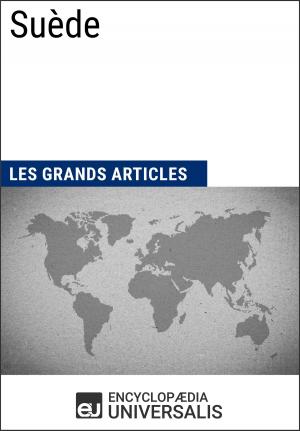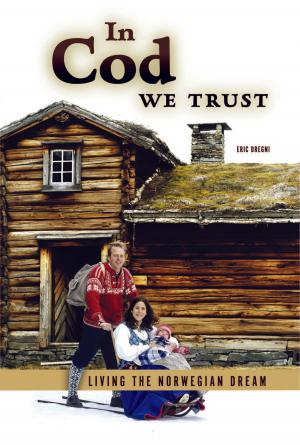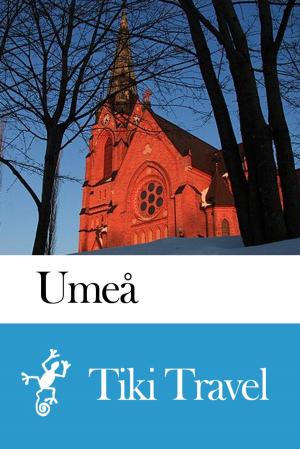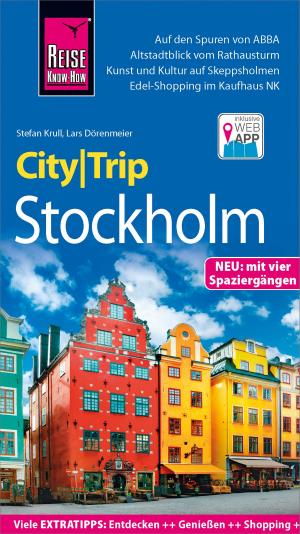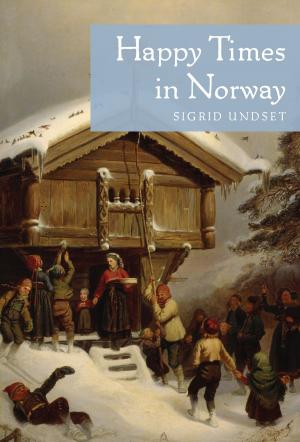| Author: | Arne Fronsdal | ISBN: | 9781370109739 |
| Publisher: | Arne Fronsdal | Publication: | February 19, 2018 |
| Imprint: | Smashwords Edition | Language: | English |
| Author: | Arne Fronsdal |
| ISBN: | 9781370109739 |
| Publisher: | Arne Fronsdal |
| Publication: | February 19, 2018 |
| Imprint: | Smashwords Edition |
| Language: | English |
The story will describe the danger of crossing the Skaw from Denmark to Norway, and then proceed through Norway and settle at the Kjeaasen which is popularly known as Kjeaasen, on a plateau, sitting precipitously 550 meters above the fjord, hidden away from the tax collector and the threat from their Danish pursuers. What possessed people to live in a remote place such as Kjeaasen? A combination of flight, fear, independence, taxes, lack of sustenance elsewhere. There were hardships, silence, winter storms, cold, wet, misty days rising up from the fjord below, heavy clouds, rain, sleet, snow from the mountains above. One of the children was lost off the steep cliffs and they – like the animals - were since then tethered by ropes.
It is thought that the Kjeaasen was lived in from the first man on a single visit around 1300 then the arrival from Bergen from 1347 to 1425 and then it was deserted until the arrival of Herald and Maria around 1625 and deserted 20 years later. And then again populated around 1850’ies until the present. Whenever Kjeaasen was repopulated, new animals had to be brought up which of course must have been very cumbersome; presumably, they brought up calves rather than cows. Typically, they have some 30-40 sheep and goats, and probably had a birthing number of some 20-25 per year wherefore which they would kill 50% every fall. Today there is a single woman living there all alone after her brother and sisters passed away. Kjeaasen will hopefully always remain a paradise.
The story will describe the danger of crossing the Skaw from Denmark to Norway, and then proceed through Norway and settle at the Kjeaasen which is popularly known as Kjeaasen, on a plateau, sitting precipitously 550 meters above the fjord, hidden away from the tax collector and the threat from their Danish pursuers. What possessed people to live in a remote place such as Kjeaasen? A combination of flight, fear, independence, taxes, lack of sustenance elsewhere. There were hardships, silence, winter storms, cold, wet, misty days rising up from the fjord below, heavy clouds, rain, sleet, snow from the mountains above. One of the children was lost off the steep cliffs and they – like the animals - were since then tethered by ropes.
It is thought that the Kjeaasen was lived in from the first man on a single visit around 1300 then the arrival from Bergen from 1347 to 1425 and then it was deserted until the arrival of Herald and Maria around 1625 and deserted 20 years later. And then again populated around 1850’ies until the present. Whenever Kjeaasen was repopulated, new animals had to be brought up which of course must have been very cumbersome; presumably, they brought up calves rather than cows. Typically, they have some 30-40 sheep and goats, and probably had a birthing number of some 20-25 per year wherefore which they would kill 50% every fall. Today there is a single woman living there all alone after her brother and sisters passed away. Kjeaasen will hopefully always remain a paradise.

